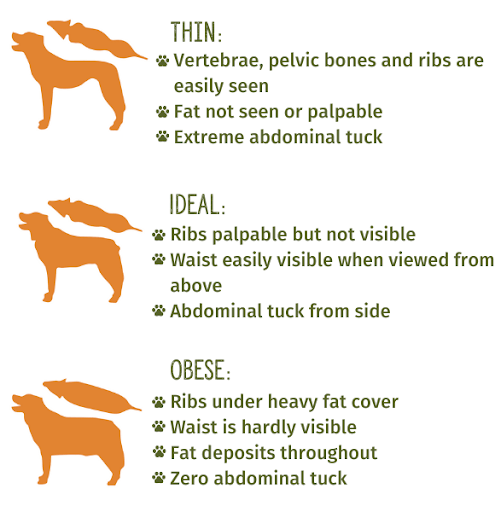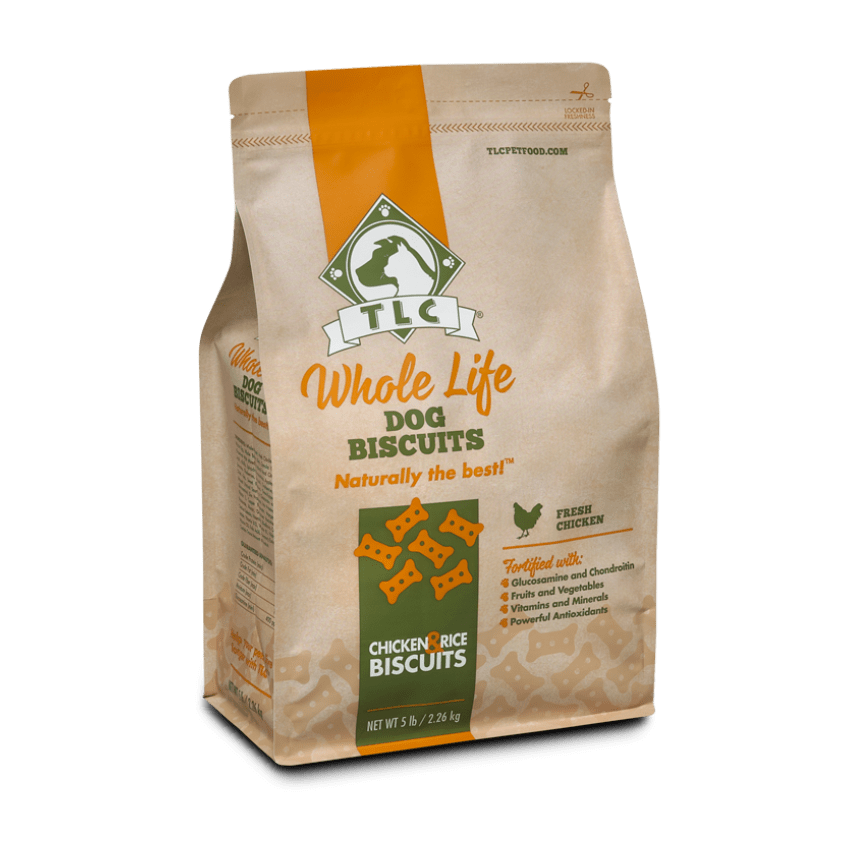Your cart is currently empty.
TLC Pet Food shares their recommendations for feeding your new puppy along with tips for preventing obesity.
TLC Pet Food shares their recommendations for feeding your new puppy along with tips for preventing obesity.
The amount you should feed your puppy will vary depending on the age and weight of your puppy when you first get it. It’s important to remember that guidelines are suggested and should be adjusted according to your pup’s needs.
The breeder or rescue center you’ve adopted your puppy from will always be an excellent resource for advice about feeding your new puppy.
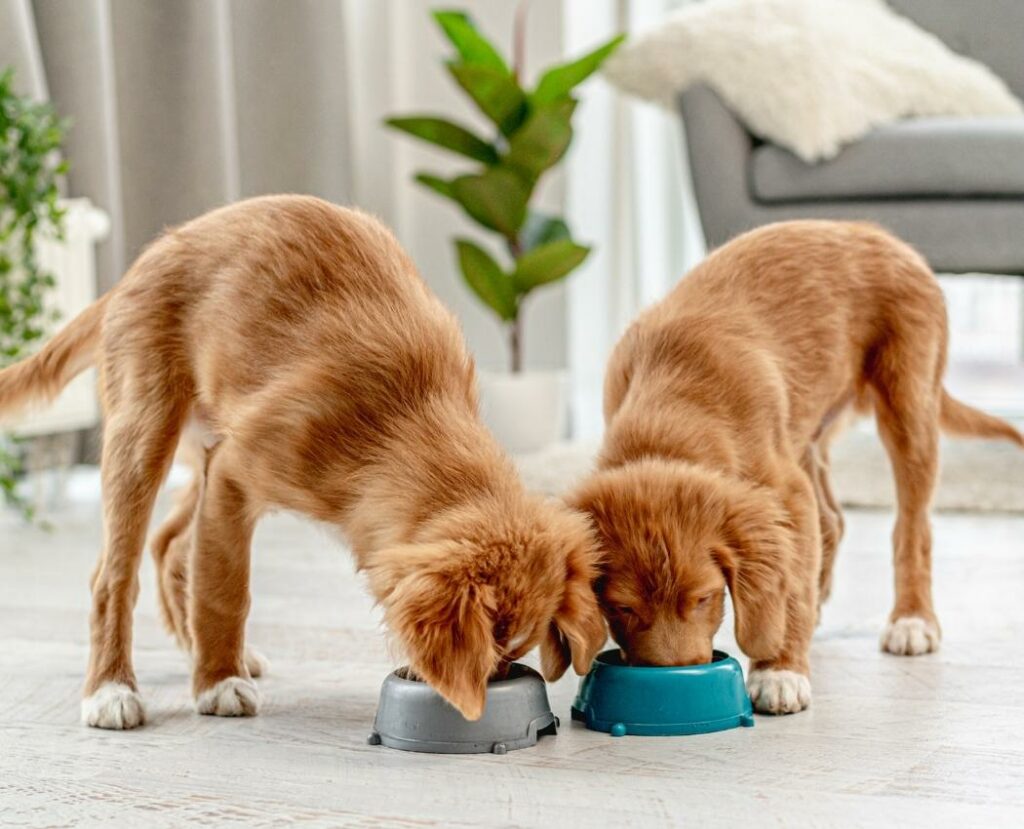
Use TLC’s helpful feeding calculator for recommending daily feeding, suggested Autoship, and an approximate daily feeding cost. Remember that guidelines are a place to start and how much you feed your puppy should be adjusted according to their needs.
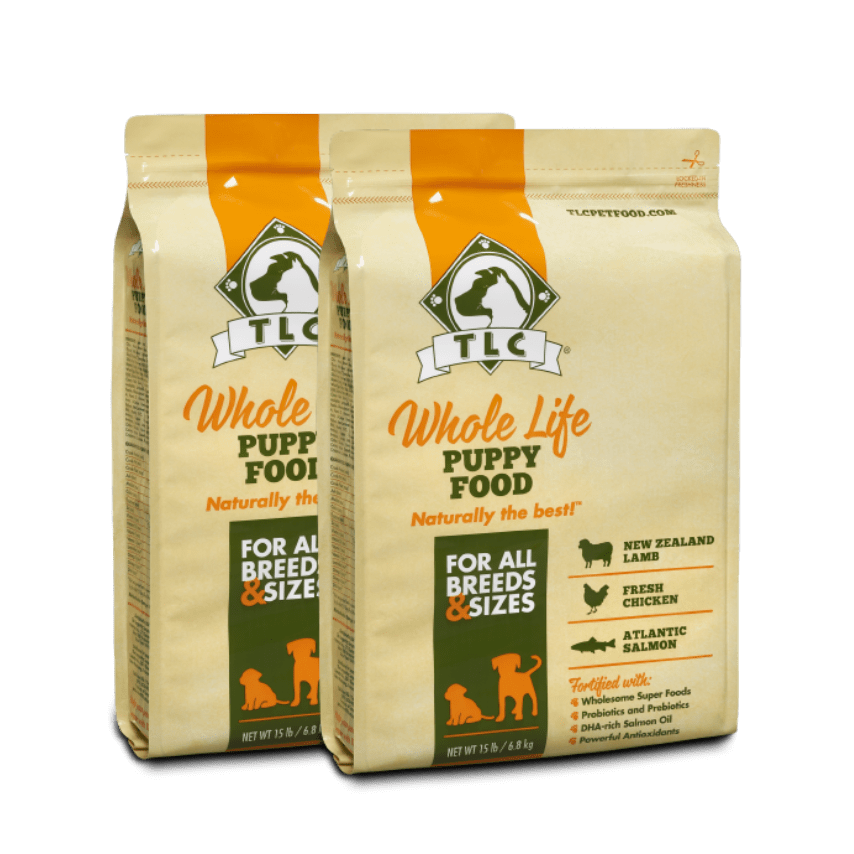
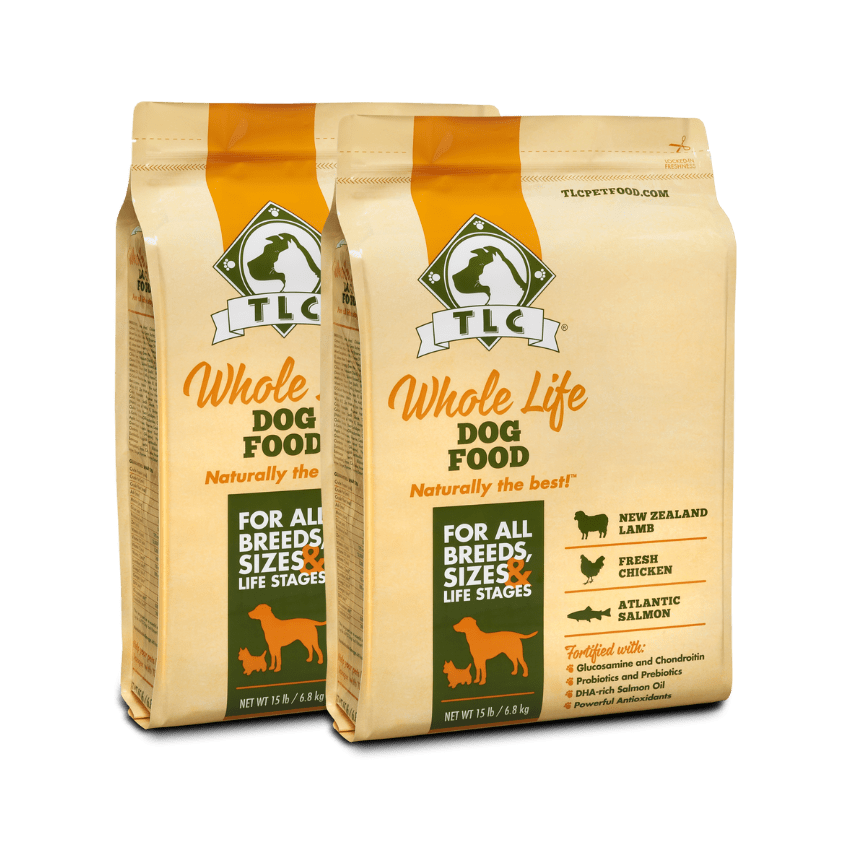
Over time, you will begin to understand your puppy’s temperament, activity level, and needs. This will help you gauge how much your puppy should eat. It is important to take into account their activity level and exercise routine when feeding your pup. A very active puppy may need a little more food than a less active puppy of the same age and weight. That said, most puppies will eat just about anything that is given to them, and they don’t always know when to stop. Be careful not to feed them for the sake of feeding them and keep a careful eye on their weight, especially after adjusting their daily food intake.
TLC Whole Life Dog Biscuits are not only a great-tasting treat but they are also packed with glucosamine and chondroitin, which are great for supporting skeletal growth and healthy hips and joints. Feed 1-2 biscuits per day for every 10 lbs (4 kg) of body weight.
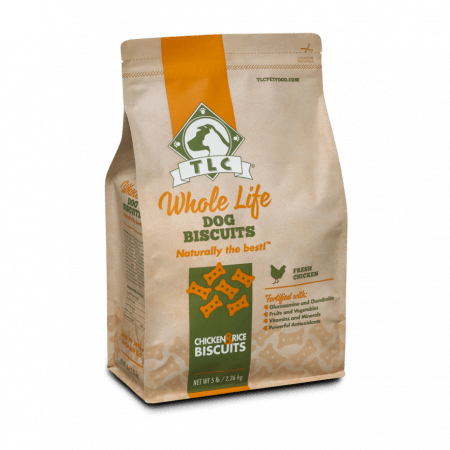
TLC biscuits can easily be broken into pieces and used for training your new puppy.
Your puppy’s body shape and figure can indicate whether they are eating too much or too little. Stand over your puppy and consider the shape of their body. If you feel your puppy is over or underweight, adjust their food intake. If you have any concerns at all, it’s time to visit your veterinarian.
